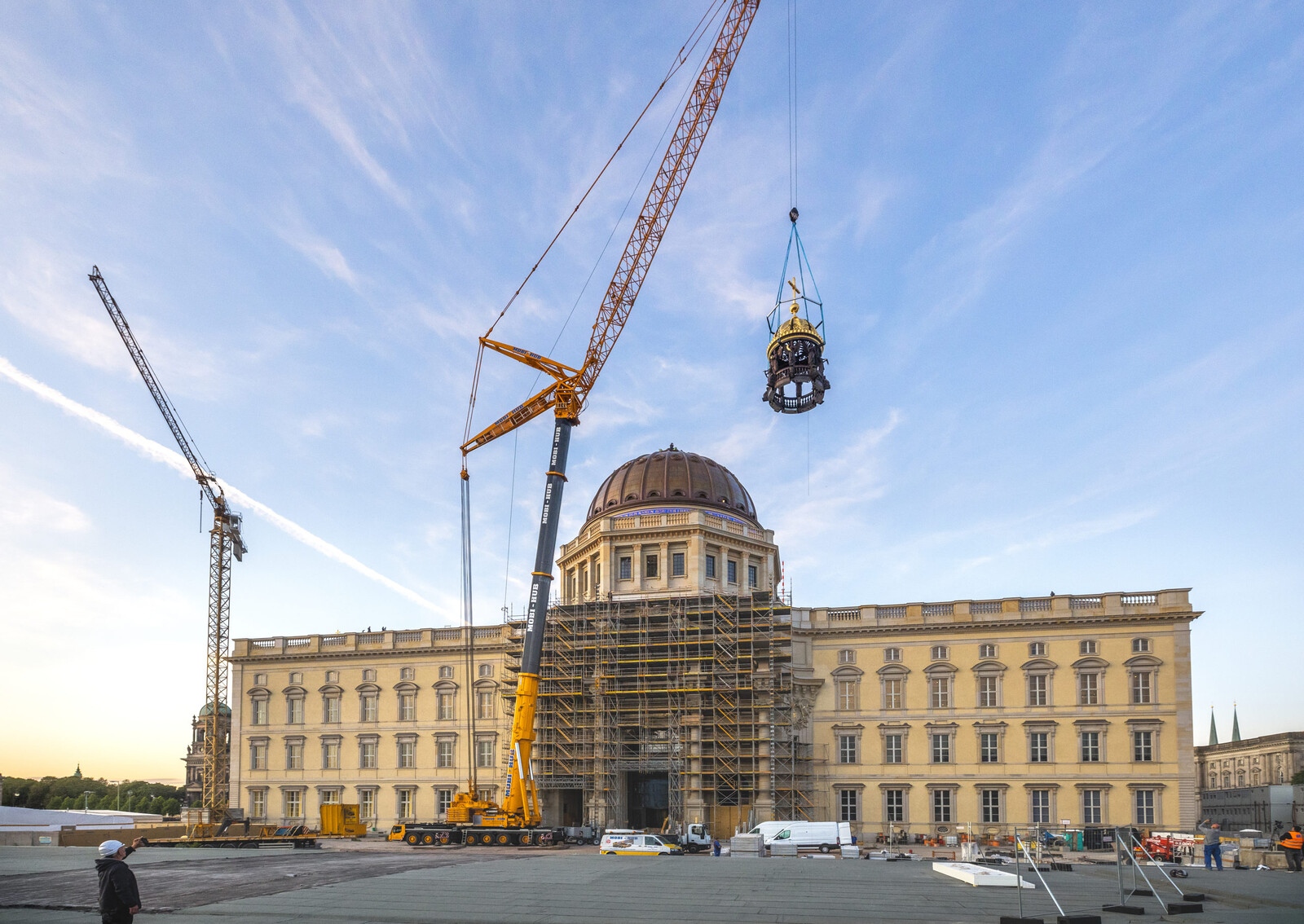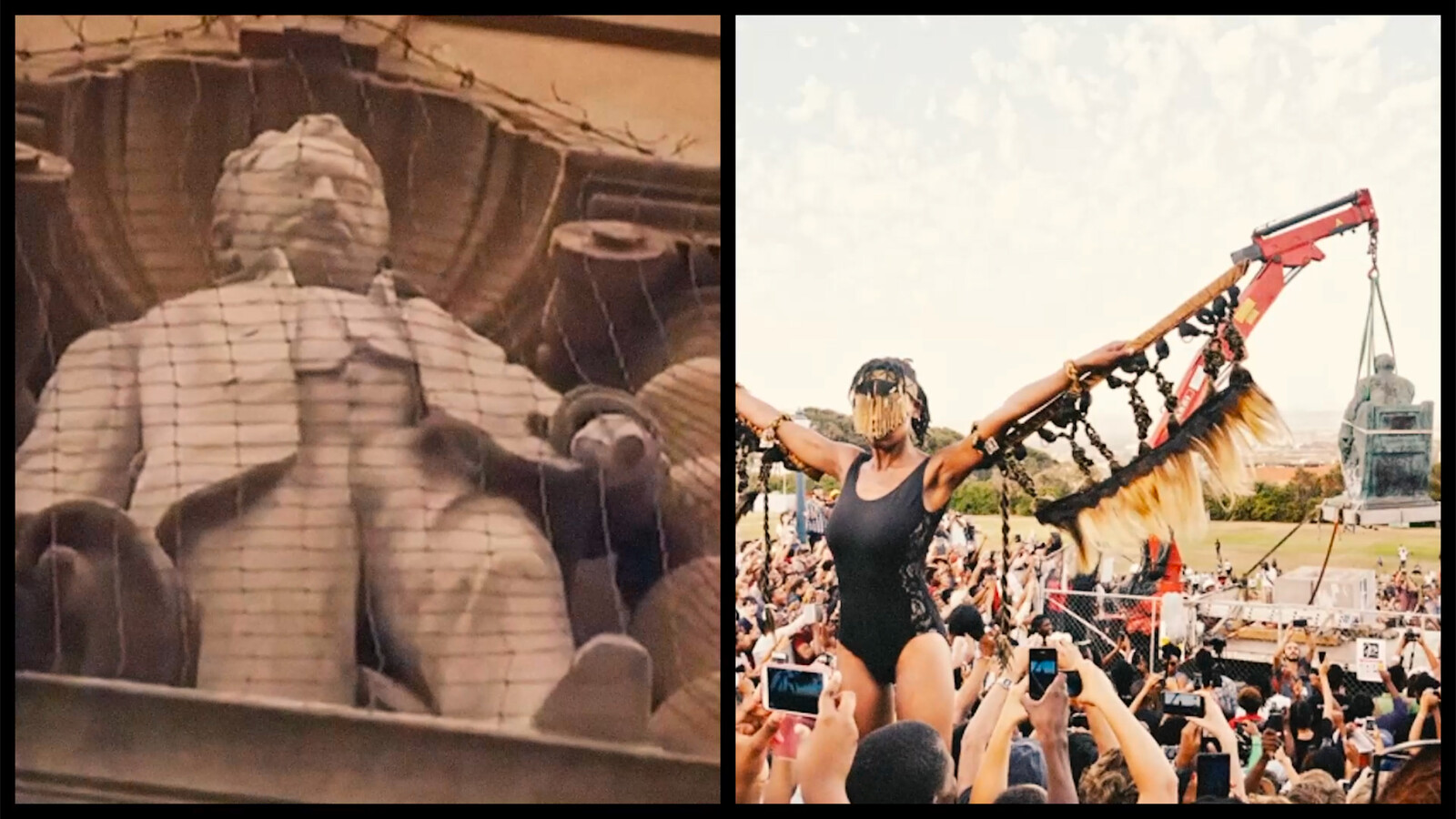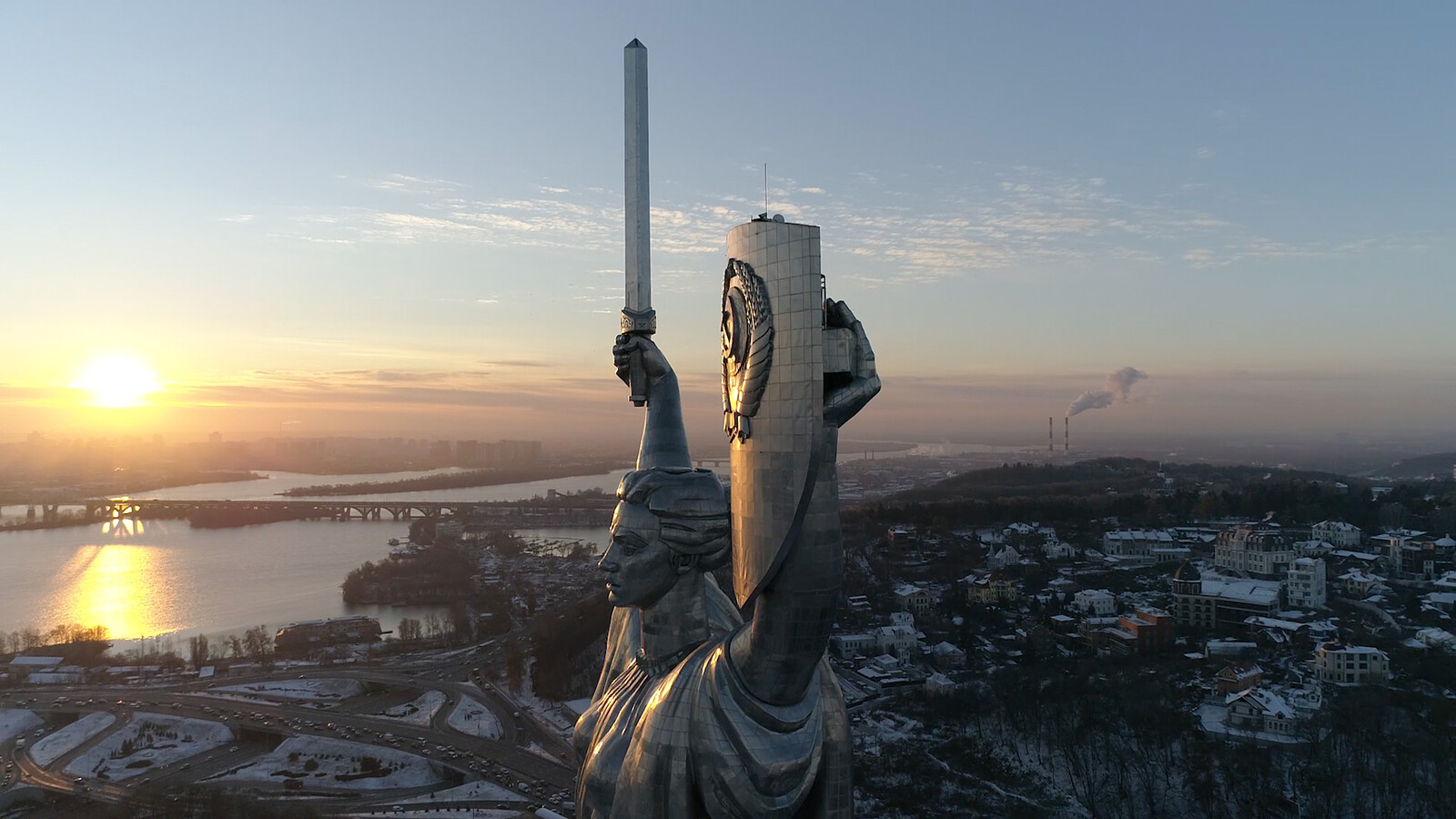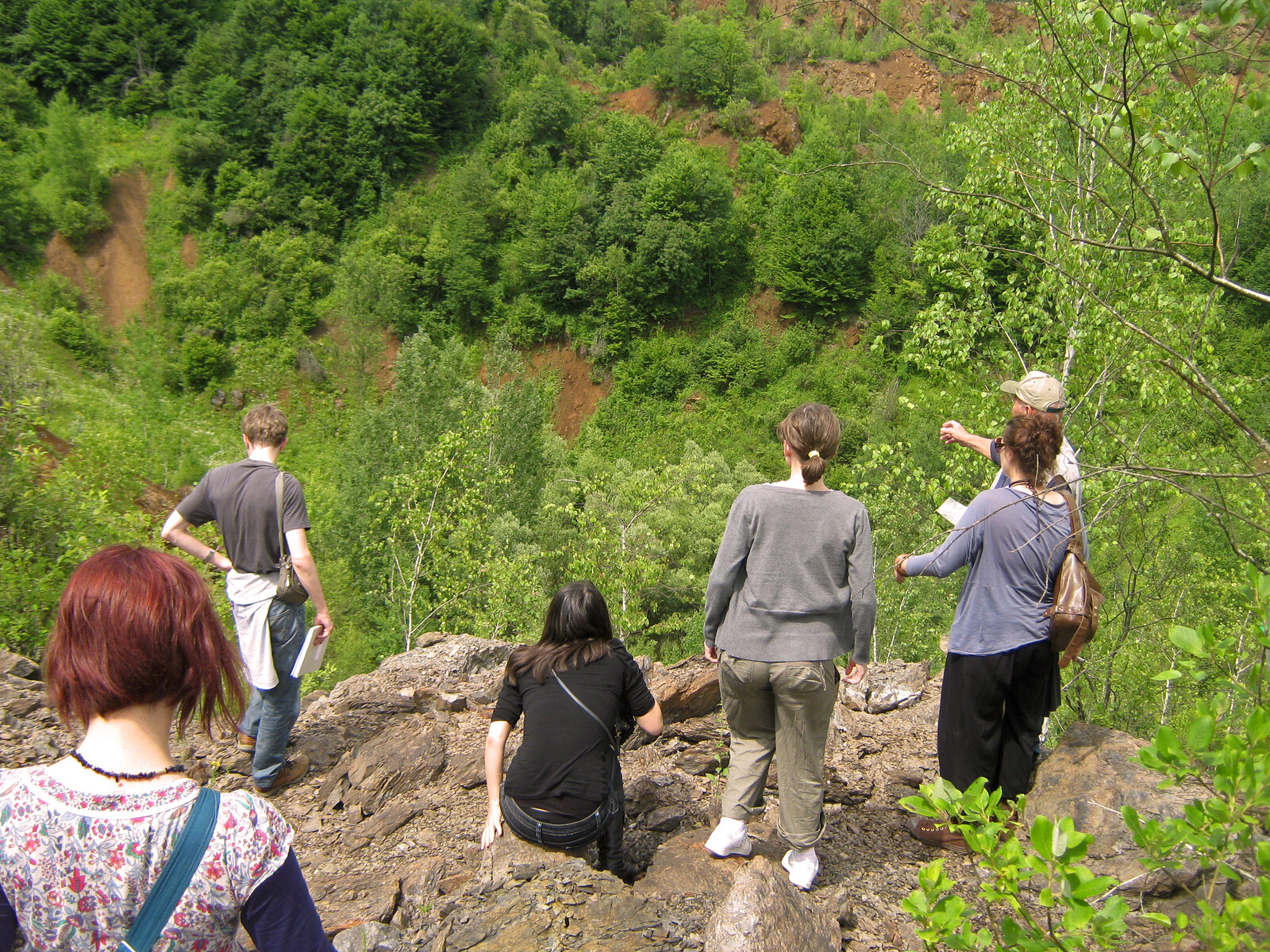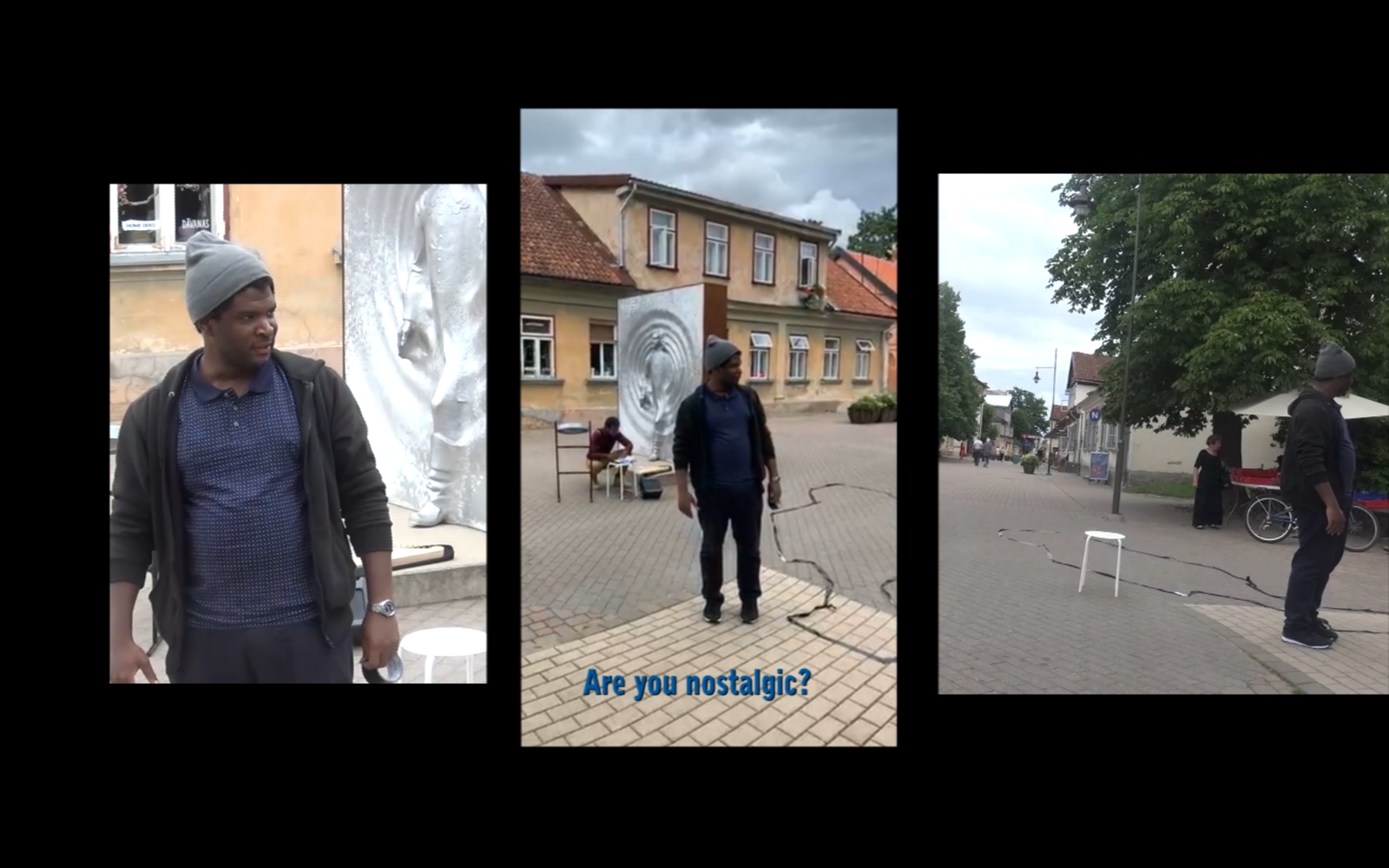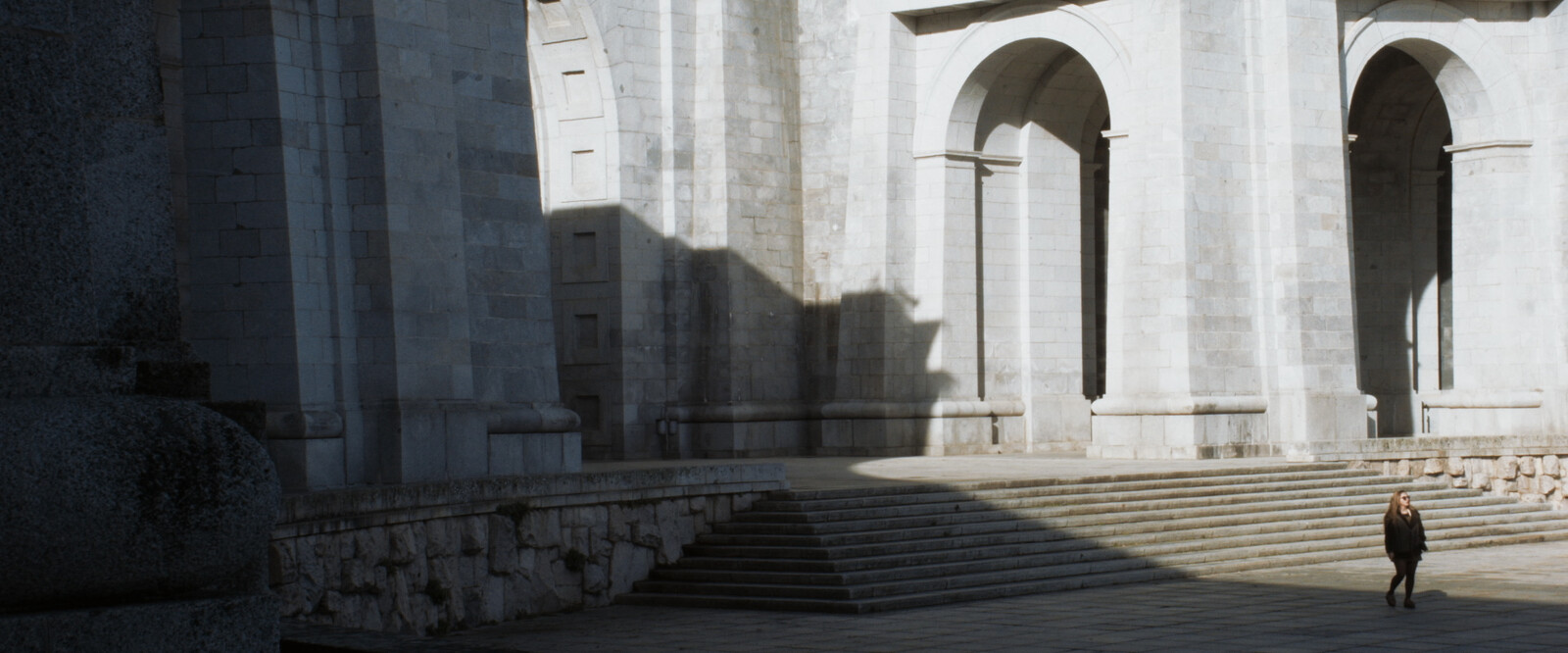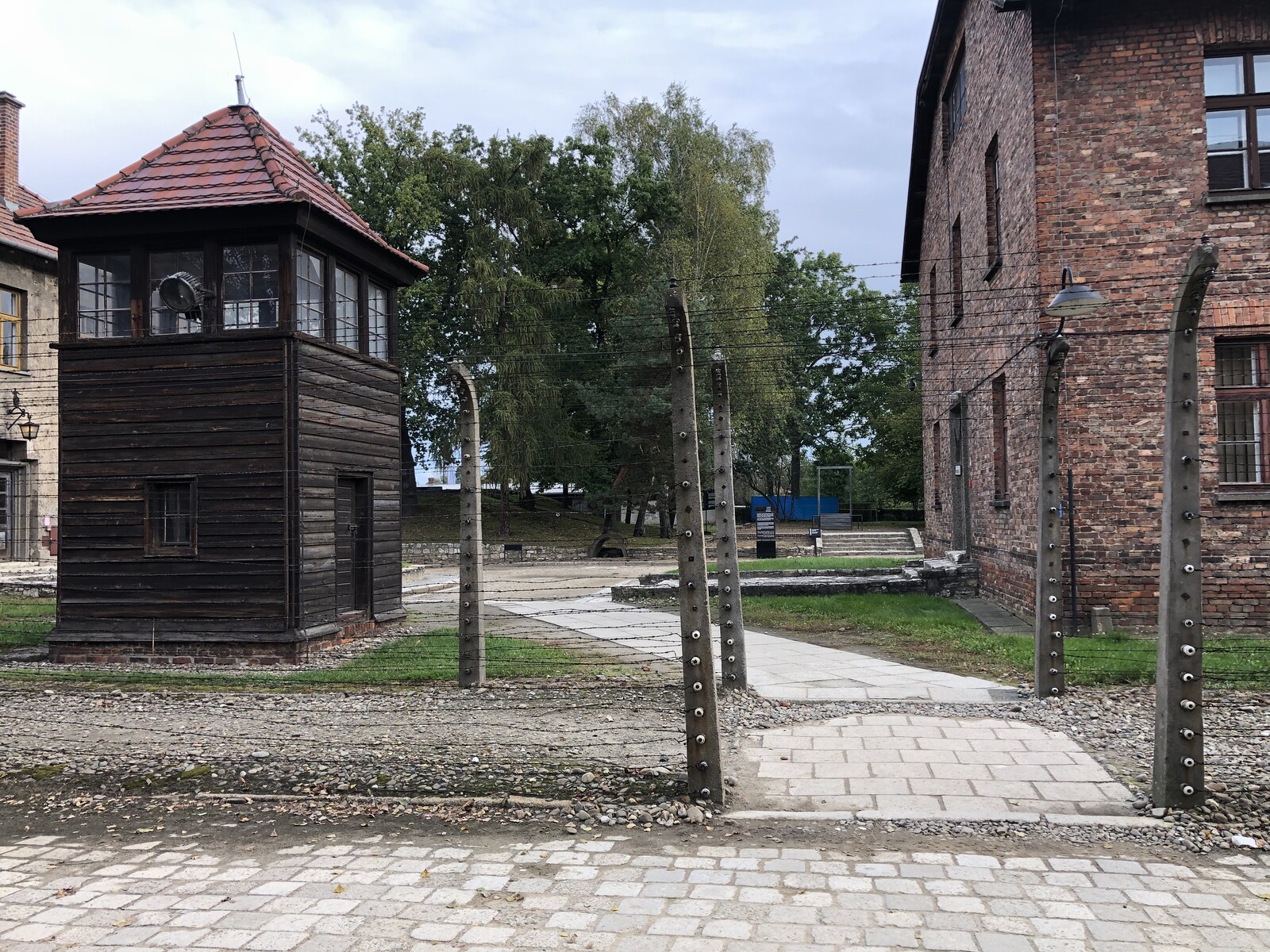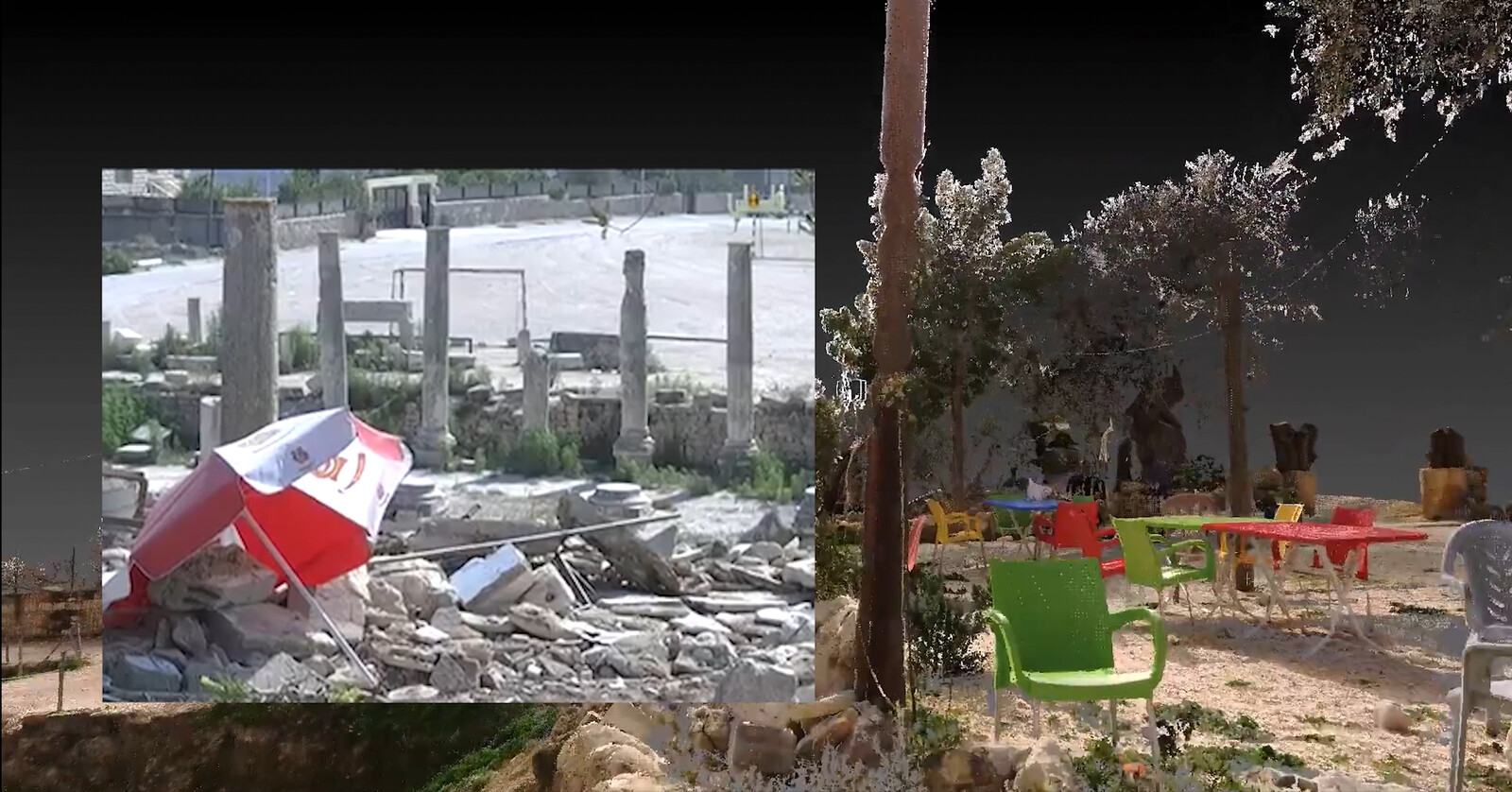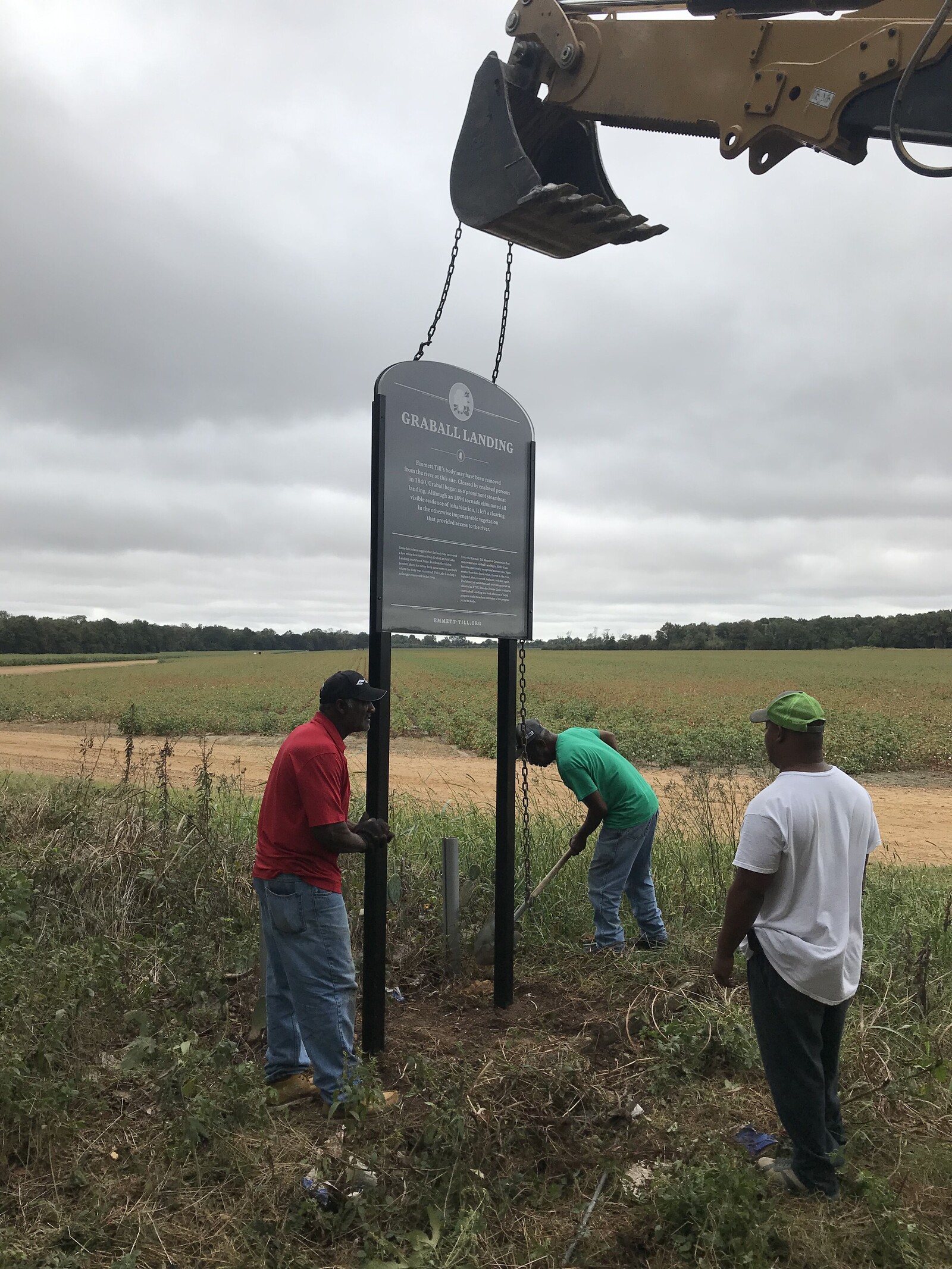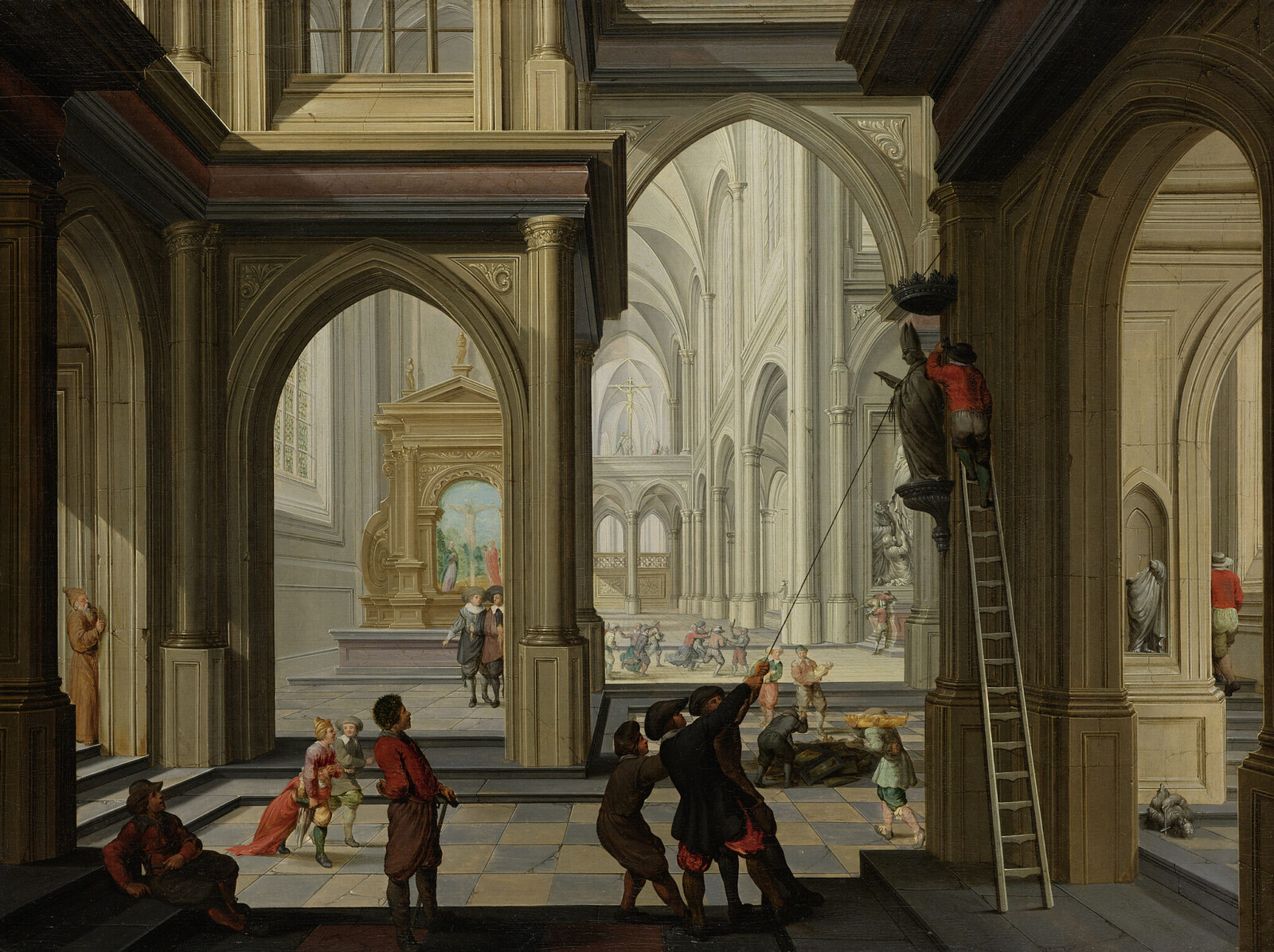Searching for forms and histories in the architectures of diaspora, migration, and the overlooked, we may find possibilities for forms of representation alongside themes of hybridity. Evolving expressions of identity—the virtual, the embodied, the performed, the atmospheric, the wayward, and the supernatural—dance allegorically alongside each other. That which is fluid, shifting, undefined, continuously redefining, evolving, and mutating offers other forms of archive and other modes of architecture.
Histories are always present, transferred and translated into the present, exerting their effects surreptitiously. Architecture, propositional though it is, is also always retrospective, positioned in a continuum of thought and politics. We could define architecture as a collective dream; condensing, sorting, remembering, editing, and forgetting our history. As a physical condensation of thought and politics, architecture is often employed dangerously. But this same power holds the opportunity for reform. In post-colonial worlds, a fundamental inquiry into the precepts of architectural design and shared histories has the potential to relocate and recontextualize—to work through, and to imagine beyond—our histories. In order to address them, it may be necessary to recompose, remember, and reify our histories, precisely in order to disarm them.
Monument is a collaboration between e-flux Architecture and Het Nieuwe Instituut.
